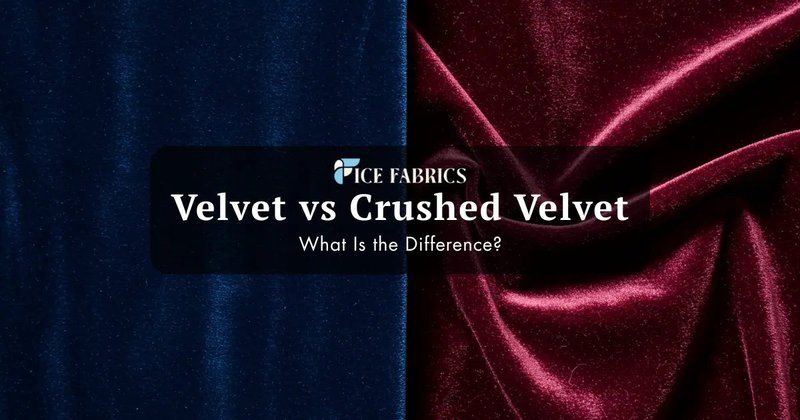
You might be wondering where these creatures fit in. Well, velvet worms, or **Onychophora**, are often considered living fossils. They provide a bridge between more primitive life forms and the arthropods we know today, like insects and crabs. By studying them, scientists can uncover clues about how life has evolved over millions of years. So, grab your coffee, and let’s get to know these little wonders a bit better!
What Are Velvet Worms?
To kick things off, let’s talk about what exactly velvet worms are. These small, terrestrial creatures are typically found in humid environments like rainforests. They can reach lengths of up to 15 centimeters (about 6 inches) and have a soft, segmented body covered in a velvety texture. Picture a slightly squishy caterpillar. Their bodies are not just for show; they help them move through their forest home with grace.
Velvet worms have a very distinct appearance. They boast multiple pairs of stubby legs (usually around 14 to 43 pairs), which they use to crawl across the ground. Interestingly, these legs aren’t true legs in the way that insects have them. Instead, they’re more like little stubs that help the worms grip surfaces as they inch along. It’s quite a sight to see these little guys in action.
One of the most unique features of velvet worms is their ability to capture prey. They have specialized glands that allow them to shoot out a sticky slime to ensnare their victims, which typically include insects and other small invertebrates. Imagine a superhero shooting webbing to catch bad guys, only here, it’s to snag lunch! This interesting hunting technique shows just how adapted they are to their environment.
The Evolutionary Significance of Velvet Worms
Now that we know what velvet worms are, let’s dig deeper into their evolutionary significance. These little creatures are often referred to as “living fossils” because they haven’t changed much over millions of years. This isn’t just a fun fact; it actually helps scientists piece together how life forms have evolved.
Velvet worms share traits with both arthropods and annelids (like earthworms). This unique blend of characteristics makes them a valuable subject of study. By examining their body structure and genetics, scientists can better understand how these different groups of animals are related. For example, genetic studies show that velvet worms are more closely related to insects and crustaceans than to earthworms.
Here’s the thing: studying velvet worms isn’t just about them. It’s about understanding the bigger picture of evolution and the tree of life. They offer insights into how organisms adapt and evolve over time, which is crucial for grasping the story of life on our planet.
The Habitat of Velvet Worms
So, where do these intriguing creatures call home? Velvet worms thrive in moist environments, typically found in leaf litter, forest floors, and under rocks. Their habitats are usually shaded and humid, which helps them retain moisture. If they dry out, they can’t survive for long.
You might be surprised to learn that they’re mostly found in tropical and subtropical regions, especially in South America, Africa, and parts of Australia. The lush, damp conditions of these areas provide the perfect environment for them to thrive. Imagine exploring a rainforest and discovering these soft, squishy creatures hidden beneath the leaves.
Due to their specific habitat needs, velvet worms are sensitive to environmental changes. Deforestation and climate change pose significant threats to their populations. As we learn more about them, conservation efforts can help protect their delicate ecosystems and ensure these unique creatures continue to exist for future generations.
How Velvet Worms Reproduce
Reproduction in velvet worms is just as fascinating as their hunting tactics. They have a unique method of mating that involves both male and female participation. In many species, males will deposit sperm packets, called **spermatophores**, which the females then pick up. This is a bit different from what you might see in many other animals, where mating is usually a more straightforward affair.
After mating, the female velvet worm will carry the fertilized eggs internally until they’re ready to hatch. In some species, the young are born live, while in others, they hatch from eggs. This form of reproduction is pretty interesting because it showcases a level of parental investment that you don’t see in many invertebrates.
Honestly, it’s kind of heartwarming to think about. These little creatures don’t just lay eggs and leave them; they engage in a reproductive process that involves nurturing the next generation. It’s a small glimpse into how diverse the animal kingdom can be and how different species adapt their reproduction methods to survive.
The Importance of Velvet Worms in Ecosystems
You might be curious about why velvet worms matter. Well, they play an essential role in their ecosystems. As predators of small insects, they help regulate populations of these creatures, which can contribute to overall biodiversity in the environment. When organisms like velvet worms thrive, it often means that their ecosystems are healthy.
Moreover, as a prey species, velvet worms themselves support larger animals. Birds and mammals that feed on them rely on a stable population to meet their dietary needs. It’s a classic example of the interconnectedness of life; every species has its role to play, and losing one can ripple through the entire ecosystem.
In addition to being a critical part of the food web, velvet worms also serve as bioindicators. Their presence or absence can indicate the health of their habitat. If velvet worm populations start to decline, it might signal environmental issues that need addressing, such as habitat destruction or pollution. This makes them not just fascinating but also vital for environmental monitoring.
Interesting Facts About Velvet Worms
Now for some fun trivia! Here are a few quick facts that might surprise you about velvet worms:
- Longevity: Velvet worms can live for several years, which is quite impressive in the bug world.
- Defense Mechanisms: When threatened, some species can produce a noxious secretion, which is an effective way to deter predators.
- Unique Movement: They move in a slow, wave-like motion, using their legs and body to glide smoothly through their environment.
- Conservation Status: Many species are under threat due to habitat loss, making conservation efforts crucial.
These quirky little facts only add to the allure of velvet worms. They’re not just ordinary invertebrates; they’re unique, adaptable, and a bit mysterious, making them worthy of our attention and protection.
Final Thoughts on Velvet Worms
In conclusion, velvet worms may not be household names, but they hold a special place in the tree of life. Their unique adaptations, fascinating reproductive methods, and vital roles in their ecosystems make them essential for understanding evolution and biodiversity.
By studying these creatures, we uncover not only their story but also gain insights into the larger narrative of life on Earth. As we continue to explore and protect our natural world, let’s not forget about the velvet worms and their contributions to our planet’s rich tapestry of life. They may be small, but their impact is significant, reminding us all of the incredible complexity of nature.

